Making Our Work
How We Work
Obviously, creating a show begins with an idea about something. It can be an image, a dream, a piece of text, sometimes a book, even a feeling. Usually, it is something somehow rooted in social reality but which, through the course of creation, is filtered through our particular lens of abstraction.
Ideally, the idea or subject matter is explored through an initial development week. That week, there’s generally lots of chaos, paint being thrown at a wall. Then there is a period for reflection before a further, more focussed development period of one or two weeks. At this stage, we bring things into the rehearsal room - whatever it might be - that can help us develop the form we are interested in.
For example, for Tomorrow, we began experimenting with the prosthetic masks, which were eventually to become such an important part of the show. For Interiors, which takes place behind a large window, we started to work with a cheap, transparent shower curtain that helped us make discoveries about how this idea could work. For The Destroyed Room, we introduced cameras, live feeds, monitors and projectors.
Although we are still unsure how to use these elements at this stage, their introduction begins to influence the formation of the work and, hopefully, a distinctive language begins to emerge. All the time, actors are improvising and generating material, getting used to the formal elements and discovering how they influence the acting. Sometimes improvisations are carefully structured. More often they are chaotic, sometimes fruitless, occasionally brilliant, but always persistent. They are sometimes conducted - as they are happening - by the director. Gradually, we begin to get a sense of how everything can come together to create a poetic whole. During this period, our designers begin to experiment more specifically with scenic, visual, video and sound design, gently pushing their own ideas into the work and influencing it more. The final development period is the rehearsal period, when we are now working with a more or less completed design. After previews, the show continues to evolve as the audience begins to influence the work.
What is ‘Acting’?
The nature of performance changes from show to show and so does the notion of ‘acting’. ‘Acting’ is whatever it needs to be, to achieve the thing you need to achieve. It is not ‘one thing’ and can’t be approached through dogma.
For example, Interiors takes place behind a glass screen with the audience looking in on a dinner party. The audience can see the actors but can’t hear them. There was no sound-proofed box, as many people thought. The actors were muting their voices, ‘speaking’ to each other apparently naturally, but in fact completely silent. Theis meant the rejection of many ‘rules’ about acting or performance. For example, if one actor spoke to another in an improvisation, she might (silently) say, ‘How’s your mother, I’ve heard she’s ill in hospital?’ The second actor will, of course, have no idea of what the first has said but must commit to a response anyway. He might (silently) reply, ‘Yes, I saw it last night, it was really good’. So the conversation doesn’t make any sense in a conventional way. But it’s about what the audience sees. It begins to build up a picture for the viewer within the context of a visual story. This was a challenging experience for the performers, who were deprived of their voices and direct contact with an audience - two things many actors consider the most important. A conversation between two actors, which would normally take forty lines of dialogue, could only take three or four – otherwise a conversation would seem to go on forever. Nuanced physical action became crucial in helping the audience understand the context of a conversation. The actors became good at this kind of ‘acting’.
Tomorrow involves hyper-realistic prosthetic ‘old person’ masks which are put on during the show, so that the audience is aware of the young actor beneath the old mask. This was the central metaphor which meant very good actors spending a lot of time sitting quite still in masks. Because they could not speak convincingly in the masks we had to discover ways for speech to take on different qualities. Once again, this changed our preconceptions about ‘performance’ or ‘acting’.
Writing in 3-D
We think of our process as being like ‘writing in 3-D’. People often want to know who the ‘text’ was by and to ascribe authorship to the person who wrote the words on the page. But our work is created more like a potter throwing a lump of clay onto a wheel. She might not know exactly what she is making, but she knows what she doesn’t want to make. So she pulls off pieces of clay and when she’s ready, begins to shape something, until finally the form appears.
